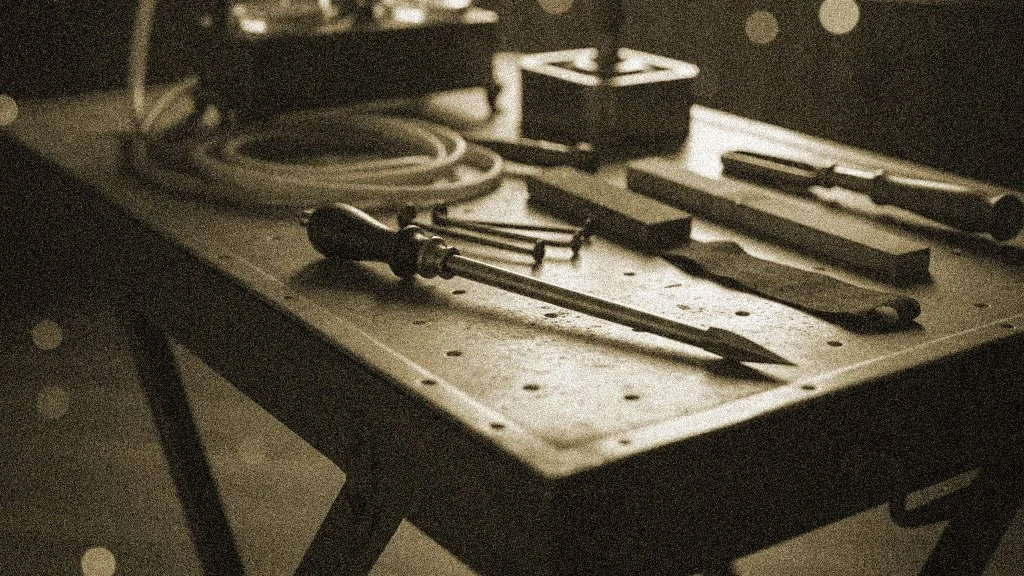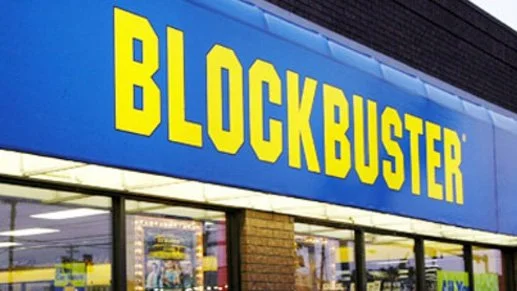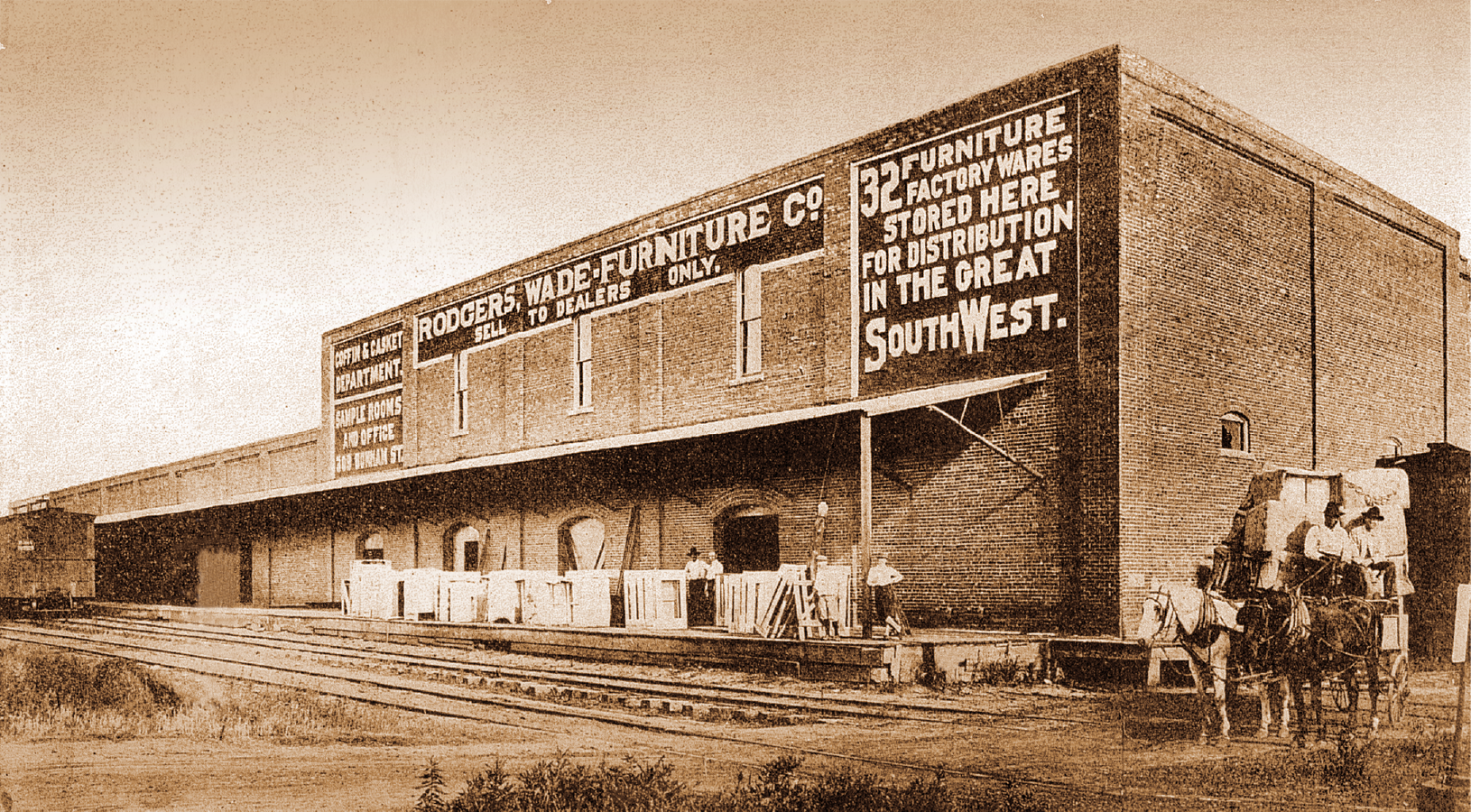Our History
Texas Heritage Since 1856
Rodgers Wade is one of the longest continually operating fixture manufacturers in the industry, and one of the oldest established businesses in the State of Texas. The company has navigated changes in ownership and market demands by putting customers first, and this single-minded focus continues today.
1856
With experience in cabinet making, James W. Rodgers purchased a cabinet shop. Rodgers soon expanded from cabinet making to furniture manufacturing. The company became the symbol of fine furniture.
After Rodgers’ death, his sons sold a partnership to John William Wade. The company was renamed Rodgers-Wade (RW) Furniture Company.
1896
The factory portion of the business was a five-story building with rail access.
1900s
The two-story retail portion of the operations was devoted to furniture, carpets, undertaking, and embalming. The manufacturing complex consisted of six buildings, likely making it the largest furniture business in the southwest.
1920/30s
World-wide, RW employed 120 people and produced more than 300 different articles of furniture. Over 52,000 items were shipped out—about 144 products per day.
1940/50s
RW was still the largest of its kind, providing 60,000 items with its 130 employees. The company began manufacturing custom cabinetry. This shift coincided with the introduction of Formica to the marketplace.
1960/70s
RW offered two product lines: custom made cabinets and Formica cabinet tops. In late 1968, RW was sold in a bridge game to Wynona Harrison. The company was then sold to Harrison’s son-in-law, Don “Pinky” Wilson.
1980s
Wilson moved into fixture production, betting the amount of repeat business for each store was better than the cabinet business. The first customer was UNITS, a retailer of women’s fashion that was eventually bought by J.C. Penney. The job led to orders from Blockbuster.
1990-1991
The first Blockbuster store was installed over Thanksgiving weekend in 1990.
RW had more Blockbuster installs around the world than any other millwork company.
1993-97
Wilson and his partners turned RW into a mass production facility.
Wilson and his partners received an offer for their thriving business from specialty furniture maker Leggett & Platt Incorporated.
2008
Leggett & Platt announced it was closing Rodgers Wade and moving Paris production to Fort Worth.
2009
The RW plant was sold back to Harrison, Walker & Harper. The company needed the buildings for their growing logistics company, as well as space to operate their restoration construction business.
2010
Rodgers Wade underwent modernization and rehabilitation efforts of the existing structures from systems and machinery to intellectual capital.
2011-2015
Essentially, RW was a start-up company again. RW went back to their roots and created new opportunities in a highly competitive space.
IKEA was the first large account RW obtained, followed by ULTA Cosmetics, Starbucks and American Eagle.
RW built retail fixtures spanning from Times Square in New York to Rodeo Drive in Los Angeles.
2016-2019
Rodgers Wade customer base continued to grow and diversify, with a work force rapidly growing from 25 to 65 employees.
2020
The COVID-19 pandemic closes many retail establishments. RW was designated an essential business and once again showed resilience. RW pivoted within days to fight on the front lines against the global pandemic. RW designed, sourced, and manufactured every type of Protective Shield needed for businesses to re-open.
2021-2025
Rodgers Wade opens their wood powder coating facility.

















